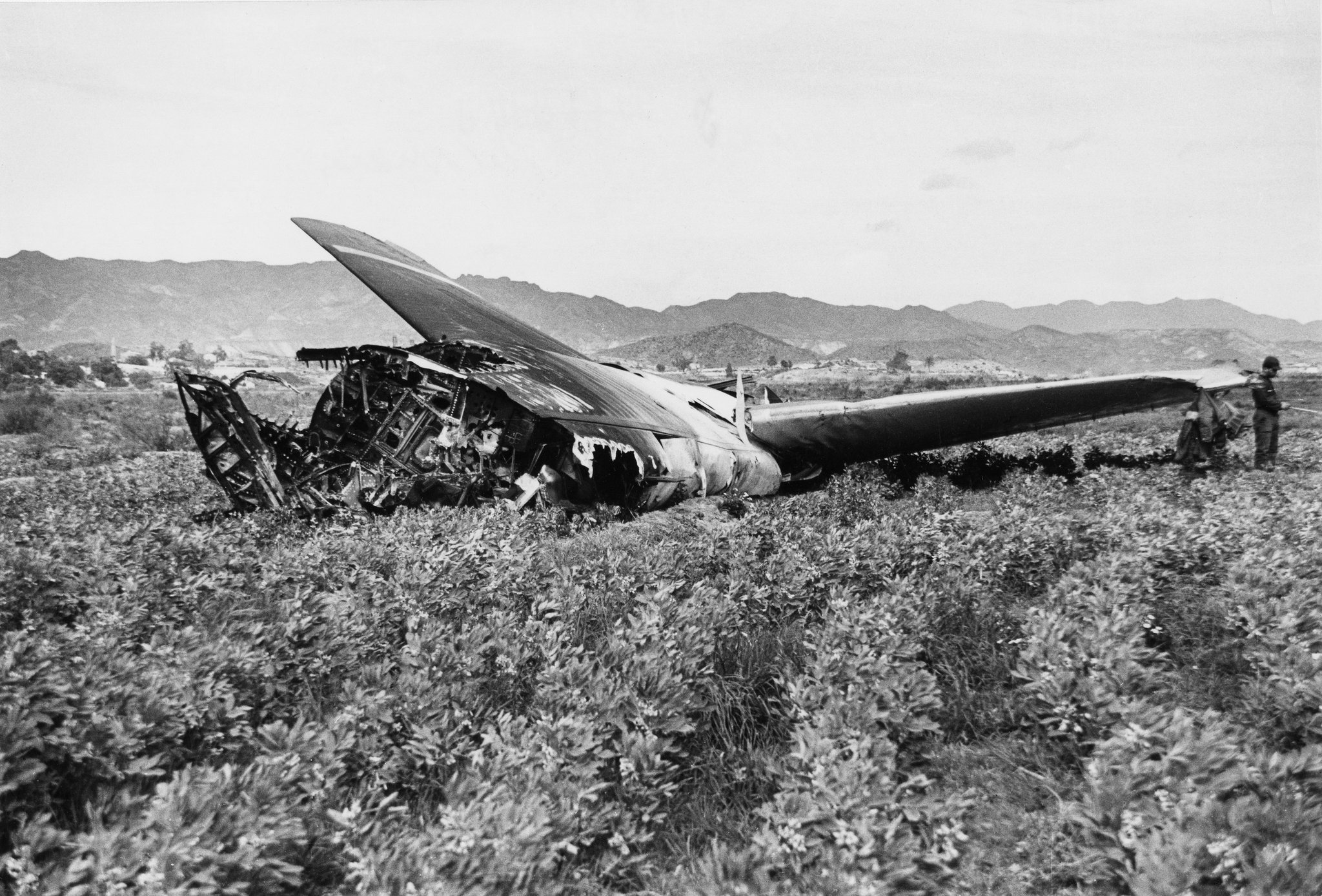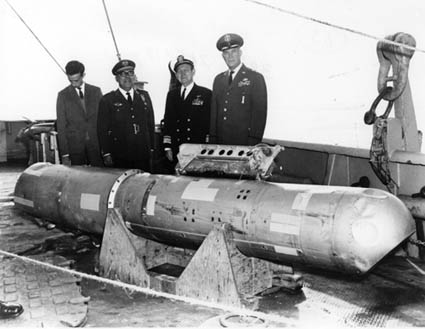
Fire from the Sky
At the height of the Cold War, a freak accident above a village in southern Spain nearly wiped it off the map.
Last Friday, the Trump administration withdrew from the Intermediate-Range Nuclear Forces (INF) Treaty. For more than three decades, the Cold War-era arms pact with Russia banned land-based missiles with ranges of up to 3,410 miles. Expiration of the treaty gives the United States and Russia a reason to stockpile on nuclear weapons. It also puts the rest of the world on edge as they were during the height of the Cold War in the 1960s.
For the town of Palomares, a village on the southern coast of Spain, the fear of nuclear annihilation came right to their doorstep. Between 1960 and 1968, the United States Air Force took part in a mission called “Operation Chrome Dome.” In this mission, the B-52 Stratofortress aircraft armed with thermonuclear weapons remained on continuous airborne alert, while flying routes to points on the Soviet Union border.
January 17, 1966 - A quiet morning in the village of about 2,000 people. Palomares is a farming and fishing community known for cultivating tomatoes. The town sits along the Mediterranean Sea near the province of Andalucia, Spain. About six miles skyward, the B-52G begins its mission from Seymour Johnson Air Force Base in North Carolina, carrying four hydrogen bombs on an airborne alert mission. The flight plan takes the aircraft east across the Atlantic Ocean and the Mediterranean Sea towards the European borders of the Soviet Union before returning to base. With the plane flying thousands of miles non-stop, it required two mid-air refuelings over Spain.
Around 10:30 am at 31,000 feet, the bomber prepared for its second refueling assisted by a KC-135 Stratotanker fueling aircraft out of Morón Air Base in southern Spain. The process of fueling an aircraft in mid-air is to have the plane slowly line up with the refueling boom and connect it to the aircraft's fuselage. The bomber came in at an increased amount of speed, causing the planes to collide. The nozzle of the refueling boom strikes the fuselage, soaking both the aircraft with fuel and breaking the left-wing that ignited the fuel and caused an explosion. All crew members on the KC-135 died as well as four of the seven crew members in the B-52 aircraft.
“As I looked up and saw this huge ball of fire falling through the sky, the two planes were breaking into pieces,” said Gonzalez. Fortunately, there were no fatalities when pieces of the aircraft landed near a schoolhouse. Four Americans were also among survivors of the mid-air collision.
RELATED CONTENT
Unknown to the people of Palomares, onboard the aircraft were four thermonuclear bombs that were at least 70 times more powerful than the bomb detonated in Hiroshima, Japan in 1945. One hydrogen bomb of that power would destroy the town and radiate everything within a 15-mile radius in all directions, and possibly reach Barcelona.
By nothing less than a miracle, one bomb landed on a sandbank near the beach. The missile looked creased like a piece of folded paper, yet was still intact. A declassified Atomic Energy report said that two other bombs landed on opposite sides of the village and exploded. Although built-in safeguards stopped a nuclear detonation, the explosives surrounding the radioactive core discharged a cloud of plutonium over a square mile of homes and vegetation. Unfortunately, that was the least of the military’s problems. What was on their minds was retrieving their fourth “broken arrow” or a nuclear weapon that is lost, stolen, or has inadvertently detonated.
Spain demanded that the United States clean up this problem before the summer. Within days, soldiers were hacking away at tomato vineyards, throwing massive amounts of vines into chippers and later burning them, all the while, clouds of plutonium placed them in harm's way. The Air Force cut down 600 acres of crops and plowed the contaminated dirt. Troops retrieved 5,300 barrels of soil from the most contaminated areas near the blast sites. They later loaded it onto ships to bury at a nuclear waste storage site in South Carolina.
A local fisherman named Francisco Simó Orts informed the Navy that he had seen a missile parachute into the Mediterranean. The Navy began searching the waters off the coast of Palomares with two state-of-the-art submarines and a fleet of ships. A week after the publicity at Quitapellejos beach, the fourth bomb was located a few miles from shore at a depth of 2,500 feet.

Getting the nuke was going to be a huge undertaking. The first attempt to bring it up to the surface came on March 26. A cable snapped while retrieving the bomb and it fell back down to about 2,850 feet. The Navy task force lost track of it until April 2, when the Deep Submergence Vehicle (DSV) named “Alvin” recovered it a second time. The nuke was successfully raised from the waters onto the Navy ship USS Petrel on April 7, 1966 - close to three months after the initial crash of the B-52.











LEAVE A COMMENT: